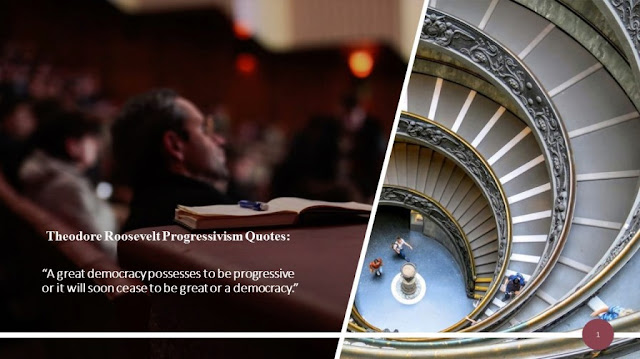,
Present Indefinite Tense
First of all, I would like to describe the situations or
cases in which we use present indefinite tense.
Facts and Truths:
We use present indefinite tense to show worldly or eternally
truths and facts.
For example:
❶Water boils at 100 Celcius.
❷The Earth
revolves round the Sun.
❸The Sun sets
in the West.
Facts and truths do not change.
They can’t be undone. There is always an element of universality in them. In
the above examples, there are universal facts or truths which can’t be
challenged or changed.
Habits and Repeated actions:
Present indefinite tense is used to demonstrate daily habits
and repeated actions.
For example:
❶I always eat lunch at noon.
❷They study English every Monday.
In the above examples, there are
habits or actions which are being done in a habitual or repetitive manner.
It is important to mention here
that we usually use time phrases or adverbs of time to show habits or repeated
actions. It is not always that we use adverbs of time to show habits, routines
or repeated actions.
For example:
❶Anusha goes to school.
This example clearly depicts the
daily routine of Anusha but here we have not used any adverb of time or time
phrase.
Near Future or Scheduled Events:
Present Indefinite Tense is also
used to show scheduled events or actions to be done in near future.
For Example:
❶We start work soon.
❷My students come tomorrow.
❸Lunch is at 6’o clock. Don’t be
late.
In the above examples, there are
some events or actions which are subjected to be done in near future.
Sentence Rules/Structure in Present Indefinite Tense:
Now, I am proceeding to discuss
the sentence structure in Present Indefinite Tense.
Positive/Affirmative Sentence Rule in Present Simple Tense:
Sub + 1st form of verb (s/es) + Object
Present Indefinite Tense Examples:
❶Anusha goes to school.
In the above example, Anusha is subject and we have added –es
with verb 1st form ‘’go’’.
⇒ It is necessary to mention here that we add –s and –es
with third person singular subjects (He, She and It) only in positive
sentences.
⇒ We don’t use suffixes –s and –es with third person
singular subjects in negative and interrogative sentences because of being used
“does” or “doesn’t” as an auxiliary verb.
Use of suffix –S:
When last letter of verb is “y” and second last letter is a
vowel, then we add suffix –s after “y”.
Examples:
Obey ⇒ Obeys
Play ⇒ Plays
Use of suffix –es:
We add suffix –es with verbs which end in words –CH, -SH,-O
and –X.
Examples:
Watch ⇒ Watches
Wish ⇒
Wishes
Go ⇒ Goes
Box ⇒ Boxes
Negative Sentence Rule in Present Indefinite Tense:
Sub + Auxiliary Verbs (Do/Does) + not + 1st form of verb + Object
Examples:
❶Anusha does not go to school.
❷They do not work hard.
Interrogative Sentence Rule in Present Indefinite Tense:
Auxiliary Verbs (Do/Does) + Sub + 1st form of verb + Object
❶Does Anusha go to school?
❷Do they work hard?














